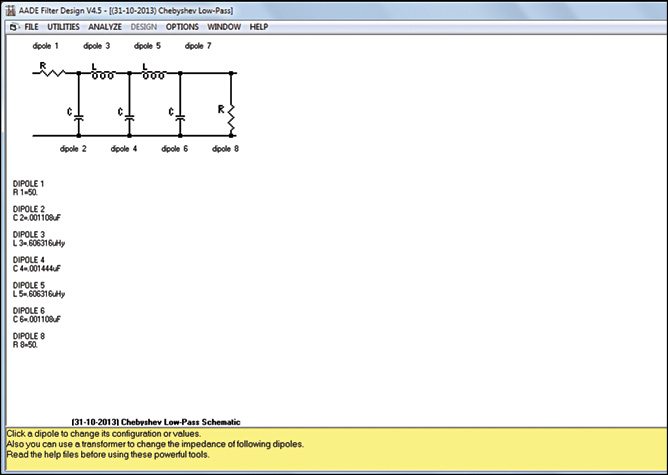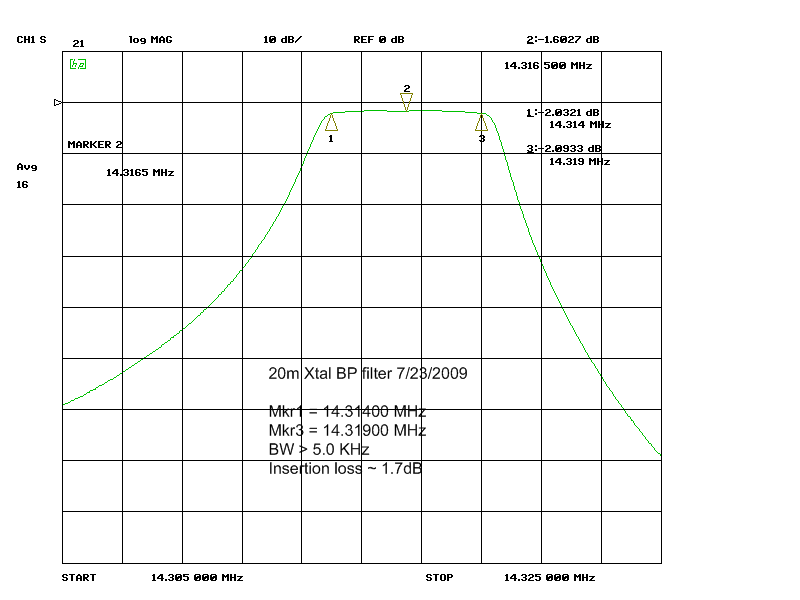
When the IF is subsequently heterodyned down to baseband, there are two bands that will be audible: the desired signal in green, and the image frequencies in red. That would mean you'd design your IF like this:

Indeed, this filter might "prefer" LSB, because that would place the carrier near the right side of the passband which has a steeper attenuation. Using an example from Crystal Ladder Filters for All, a crystal filter response might look like this: I'm not sure if this is the standard way to build a simple SSB transceiver, are there any pitfalls in this approach? So, the highest filtered signal becomes the lowest audio signal and vice-versa. Likewise, 23.1015 - 14.103 = 8.9985 (highest audio is lowest through filter)īut, it's often said that a crystal filter favours LSB, is this setup going to cause any issues? So, 23.1015 - 14.1 = 9.0015 (i.e., the lowest audio frequency in my signal ends up at the highest frequency through my filter) If I tune my VFO to 23.1015 MHz then I end up with an inverted USB signal through my filter. My filter has a BW of 3KHz and a centre frequency of 9 MHz.

14.1 equates to 0Hz audio and 14.103 is the highest audio frequency. The problem I'm struggling with is in relation to mixers and inversion.īecause it's 20m and conventionally broadcasts are USB, lets say we're tuned to 14.1MHz and there is a USB signal from 14.1 to 14.103 MHz. Here's what I'm thinking so far, a single conversion superhet design with a 9MHz IF and a homemade crystal filter.

I'm planning to build a 20m SSB transceiver and I want to get the overall architecture straight in my head first.


 0 kommentar(er)
0 kommentar(er)
